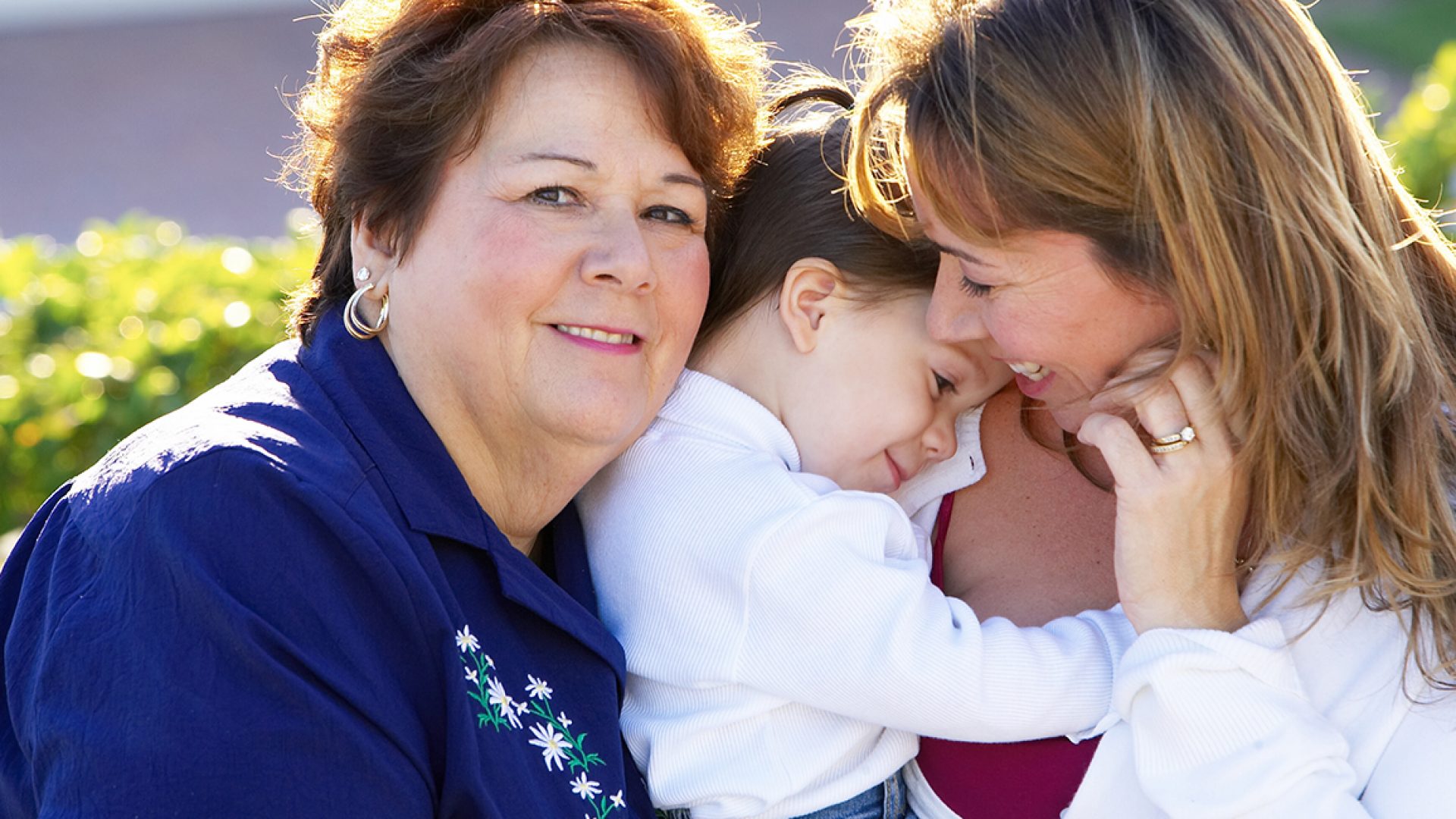The recent rise of multi-generational living, along with several other factors, have led to a decreasing number of older women who are living alone in their homes. This article from Laura Bliss of CityLab looks into some of the reasons.
The aging widow, alone in her home, has been a cultural trope for centuries. But such women are becoming less common in the U.S., as social expectations, economic realities and life expectancies shift.
A new Pew Research Center analysis of U.S. Census Bureau data finds that the share of older adults (ages 65 and up) living alone is falling. The change has been most dramatic among women aged 65 to 84: 30 percent lived alone in 2014, compared to 38 percent in 1990. The share of older men living alone has actually increased slightly: In 2014, 18 percent lived alone, up from 15 percent in 1990.
These shifts come after nearly a century in which the share of older people living on their own rose steadily, from 6 percent in 1900 to 29 percent in 1990. Improvements in health, longevity, and economic security, thanks to programs like Social Security and Medicare, largely drove this increase.
Now, thanks to an uptick in life expectancy, particularly among men, women between the ages of 65 and 84 are increasingly likely to live with their spouse. Older, unmarried women are also more likely to live with their children. And as a growing share of older men are living longer, living arrangements for them are becoming more diverse. Here’s a chart that shows how, for both genders, home lives are changing among the oldest Americans:
The increase in older unmarried adults living with their children is part of a rise in multi-generational households. Young adults living with their parents, largely for economic reasons, are the most significant driver of that trend.




